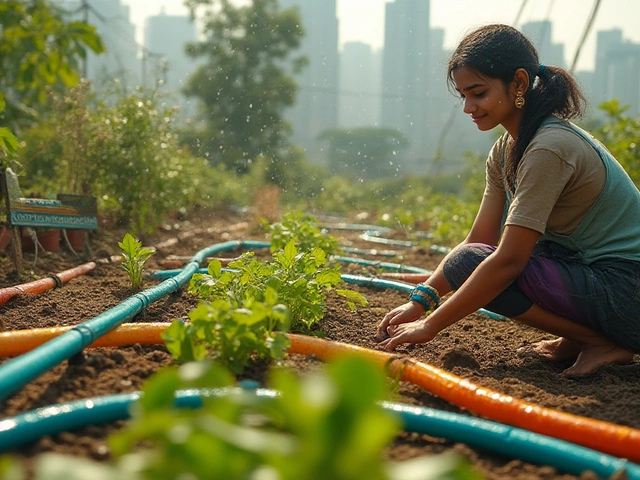Best Irrigation Methods for Indian Gardens
If you’ve ever watched water run off the soil and felt it was a waste, you’re not alone. The right irrigation method can cut water use, boost plant health, and keep your garden looking fresh year‑round. Below are practical ways to water smarter without breaking the bank.
Why Choosing the Right Method Matters
India’s climate varies from humid coasts to dry interiors, so a one‑size‑fits‑all approach rarely works. Over‑watering not only wastes water but also encourages root rot and pest problems. On the flip side, under‑watering stresses plants and reduces yields. Picking a method that matches your soil type, plant selection, and local rainfall can make the difference between a thriving garden and a dry patch.
Top Irrigation Methods for Indian Gardens
1. Drip Irrigation (Surface or Subsurface) – Tiny tubes deliver water directly to the root zone. It’s the most water‑efficient option and works well for vegetable beds, fruit trees, and container plants. For Indian soils, bury the drip lines about 4‑6 cm deep to protect them from sunlight and reduce evaporation. Subsurface drip is pricier but eliminates surface weeds and keeps hoses hidden.
2. Drip Tape vs. Drip Line – Drip tape is a flat, porous pipe that works great for row crops and close‑spaced seedlings. Drip line uses thicker tubing with emitters, better for larger plants and uneven terrain. Choose tape when you need a low‑cost, uniform flow; pick line if you need adjustable emitters for varied plant spacing.
3. Soaker Hoses – A simple, flexible hose with tiny pores that slowly releases water along its length. Ideal for raised beds and flower borders. Lay it on the soil surface and cover with mulch to cut evaporation. It’s cheaper than a full drip system but can clog if water quality is poor.
4. Sprinklers (Fixed or Rotating) – Good for lawns, large shrub areas, or when you need to cover a wide space quickly. Use a low‑pressure, timer‑controlled sprinkler to avoid drowning plants. In hot, dry zones, set the sprinkler to run early morning or late evening to reduce water loss.
5. Hand Watering with a Watering Can – The oldest method still beats high‑tech tools for small pots or delicate seedlings. Fill a can with room‑temperature water and pour slowly at the base of the plant. This gives you total control and lets you feel the soil moisture as you water.
Regardless of the method you pick, a few universal tips keep things efficient:
- Water early in the day to limit evaporation.
- Check soil moisture before each watering; the top inch should be dry, but the layer below stay moist.
- Use mulch to lock in moisture and keep roots cool.
- Install a timer or smart controller; even a 15‑minute daily run can save hours of manual work.
For those worried about cost, start small. A short drip line for a few vegetable rows costs less than a full garden system and still saves water compared to a sprinkler. Expand later as you see the benefits.
In short, the best irrigation method matches your garden size, plant types, and budget while conserving water. Try one, watch the results, and adjust as needed. Your plants will thank you, and your water bill will drop too.
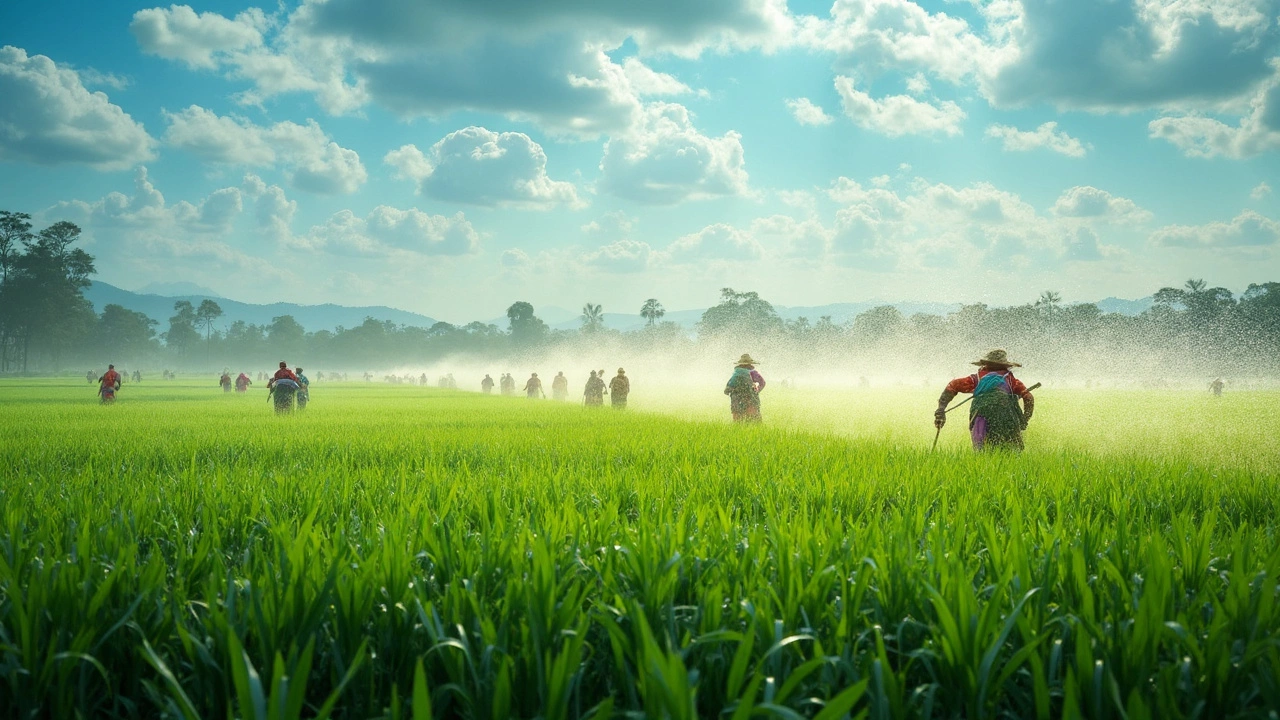
Understanding the Differences Between Sprinkle and Drip Irrigation
Sprinkle and drip irrigation are popular watering methods each suited to different needs. Sprinkle irrigation mimics natural rainfall, covering larger areas, while drip irrigation delivers water directly to the roots. Choosing the right system depends on factors like the size of the area, water efficiency, and types of plants. Understanding these differences helps optimize water usage and ensure healthy plant growth.
About
Drip Irrigation
Latest Posts
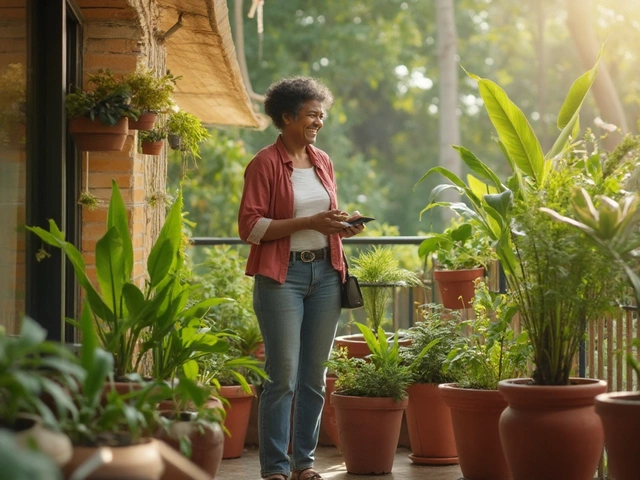
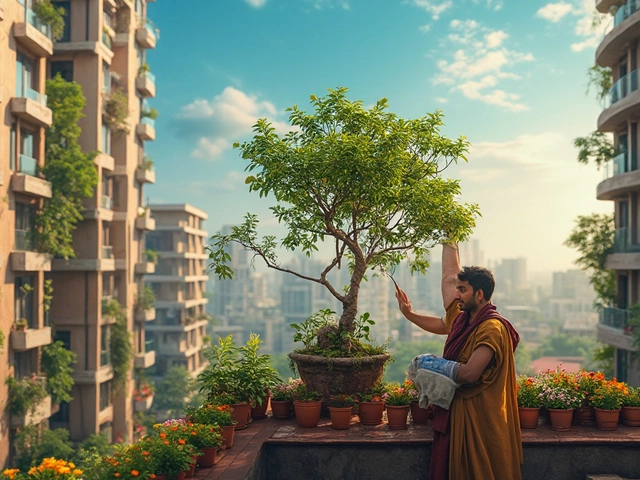
The Most Difficult Plant to Grow on Your Balcony
By Alden Thorne Feb 6, 2025
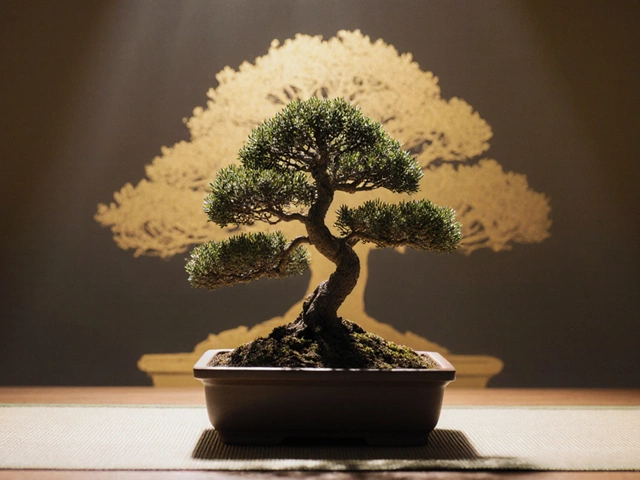
What Is the Golden Rule of Bonsai? Explained
By Alden Thorne Oct 10, 2025
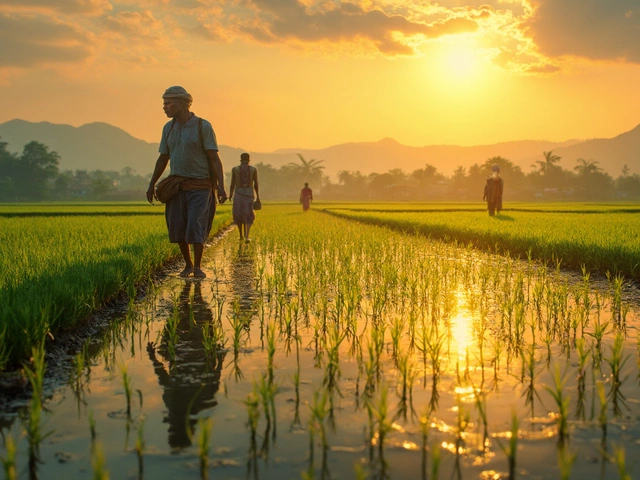
Why Do Rice Farmers Flood Their Fields?
By Alden Thorne Mar 4, 2025
